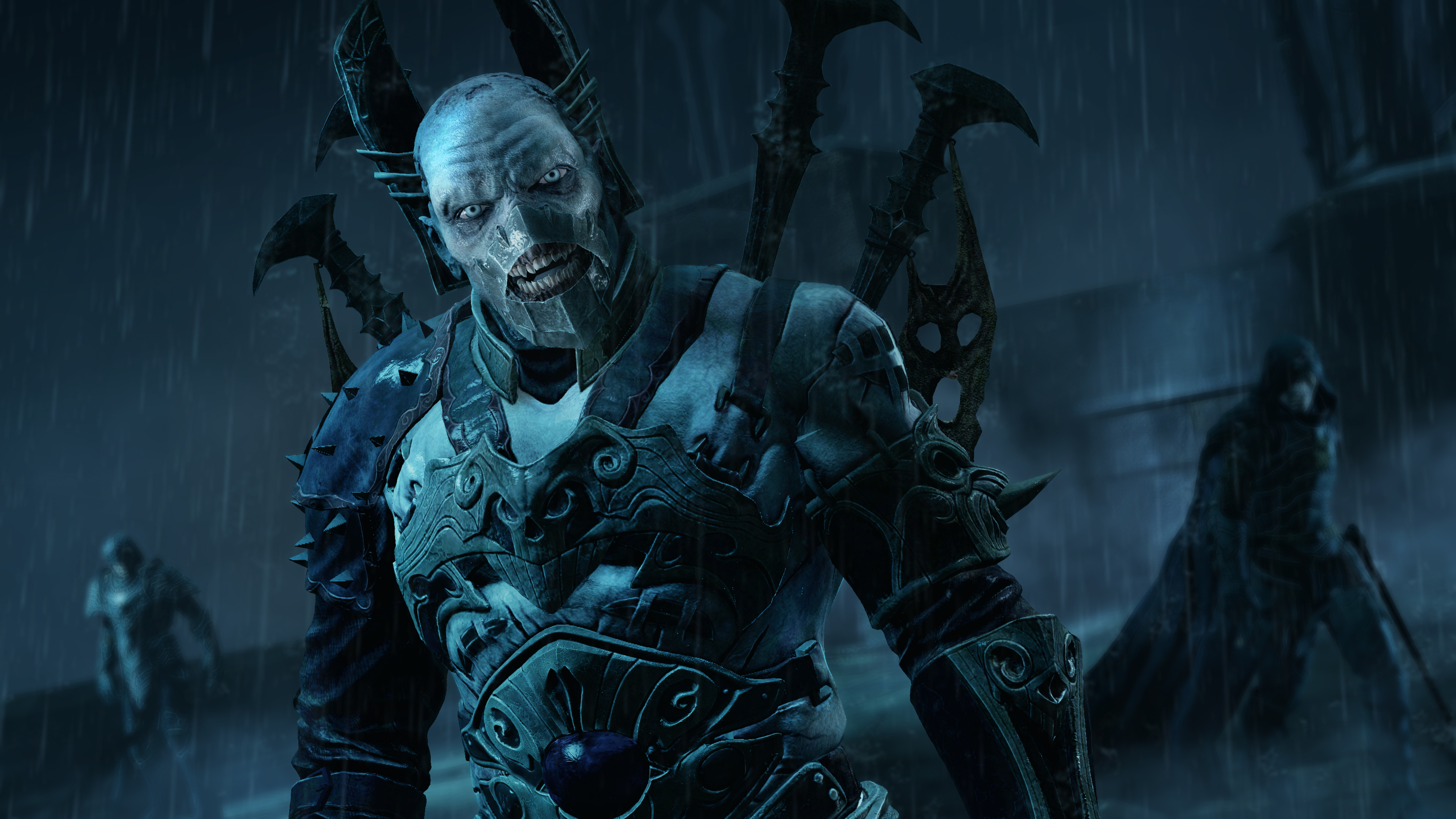The Nemesis System in Middle-Earth: Shadow of Mordor revolutionizes enemy interactions and storytelling in gaming by leveraging procedural generation to create dynamic and engaging adversaries. Central to this system is the ability to generate unique Orc enemies, each endowed with distinct traits, personalities, and a structured hierarchy that evolves in response to player actions.
Key Elements of the Nemesis System
1. Procedurally Generated Orcs:
The Orcs in Shadow of Mordor are not generic foes; instead, they are crafted with unique names, strengths, weaknesses, and personalities through procedural generation. This meticulous design allows for a robust variety of Orc encounters. Each character can exhibit specific traits that influence their combat style and interactions, ensuring that players face individualized challenges and adversaries. For example, an Orc may be aggressive and pursue the player relentlessly, while another might be more cunning, using traps and ambush tactics.
2. Dynamic Hierarchy System:
The Orcs function within a well-defined hierarchy that enhances gameplay depth. The structure ranges from lower-tier grunt soldiers to captains, warchiefs, and overlords, each commanding varying levels of influence over their territories. Players can see Orcs rise through the ranks as they defeat other Orcs or, crucially, achieve pivotal victories against the player. This creates a fluid power dynamic that enhances the game world, making it feel alive and responsive to the player’s actions.
3. Memory and Reaction:
A defining feature of the Nemesis System is the memory attribute of Orcs. They retain recollections of past encounters with the player, which influences their behavior in future interactions. If an Orc initially defeats the player, they may become more confident and boastful in subsequent battles, taunting the player with their memories of victory. Conversely, an Orc that faces defeat might become vengeful or cautious, altering their strategy based on their previous experiences. This aspect of memory fosters a personal connection, adding weight to each encounter and shaping individual rivalries throughout the game.
4. Emergent Storytelling:
The fusion of procedural generation with narrative allows players to experience a form of emergent storytelling that is unique and personalized. As Orcs develop their motivations and relationships relative to the player, they become more than mere adversaries—they evolve into complex villains with their own arcs. The interactions and consequences that arise from the Nemesis System create a rich narrative tapestry, where each player’s journey through Mordor is shaped by their individual choices and the resulting rivalries they foster.
Conclusion
In conclusion, the Nemesis System in Middle-Earth: Shadow of Mordor significantly enhances the overall gaming experience by transforming standard enemy encounters into a personalized saga of power, revenge, and evolving relationships. By fostering dynamic rivalries and integrating rich character development into the gameplay loop, players are encouraged to engage with the world of Mordor on a deeper level, ensuring that no two playthroughs are alike. This innovative approach not only enriches the gameplay experience but also sets a benchmark for future game design, where personalized narratives can emerge from player interactions with the environment and characters.






Leave a Reply